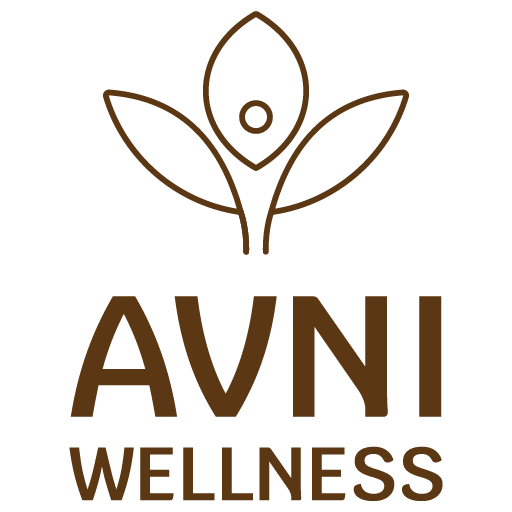
From Pain to Relief: Practical Solutions for Period Cramps and PMS
For most women, the onset of their period comes with aches and pains from cramps, bloating, mood swings, and other exasperating premenstrual syndrome (PMS) symptoms. Although widespread, these symptoms can be quite inconvenient to crippling, and this makes it hard to go on with daily habits. Fortunately, there are several good solutions available to ease the pain of period cramps and PMS so that women may better cope with their cycles in comfort and with ease.
Understanding Period Cramps and PMS
Before discussing strategies for relief, it is worth understanding what causes the symptoms.
-Period cramps, or dysmenorrhea, are when the uterine muscles contract to assist with the shedding of the uterine lining. These contractions are capable of causing pain in the lower abdomen, and the severity will depend on the person.
-Premenstrual syndrome (PMS), in contrast, is a group of physical and psychological symptoms that present themselves in the days leading up to menstruation. Symptoms tend to include bloating, lethargy, irritability, mood swings, headaches, and breast tenderness. Symptoms are usually experienced from the latter half of the menstrual cycle and end when menstruation starts.
Natural Remedies for Period Cramps
• Heat Therapy: Heat therapy is one of the most effective and comforting methods to ease period cramps. Placing a warm heating pad or hot water bottle on the lower abdomen can ease the uterine muscles, easing pain and discomfort. Warm baths with Epsom salts can also be tried to further ease relaxation and muscle relief.
• Herbal Teas: There are a number of herbs that can help alleviate menstrual cramps. Chamomile tea is one of the most popular options because it is anti-inflammatory, and ginger tea can alleviate nausea and cramps. Peppermint tea is also an excellent choice because it has calming effects that can soothe digestive discomfort and alleviate bloating, which is one of the symptoms of PMS.
• Foods: Magnesium rich foods are a crucial element involved in the relaxation of muscles and hormone regulation. A diet of magnesium-rich foods such as leafy greens, nuts, seeds, and bananas will ease cramps. Magnesium supplements may be prescribed in other instances, but it is always advisable to check with a health professional first before beginning a supplement routine.
• Essential Oils: Aromatherapy is now also a popular choice to treat period pain. Essential oils such as lavender, clary sage, and peppermint have analgesic (pain-relieving) and anti-inflammatory qualities that can ease cramps. You can diffuse the essential oils or mix them with a carrier oil and massage them over the lower abdomen to relieve.
Lifestyle Changes to Control PMS
• Exercise: Although it might seem counterintuitive, regular physical activity can help reduce period pain and PMS symptoms. Exercise releases endorphins, the body’s natural painkillers, which can enhance mood and reduce feelings of stress and anxiety. Gentle exercises like yoga or walking are particularly beneficial during your period.
• Dietary Changes: A well-balanced diet plays a key part in controlling PMS. Salty food elimination may prevent the retention of fluids and bloating, and abstaining from high caffeine and alcoholic intake can aid in stabilizing mood swings as well as eliminating anxiety. Consume more fibers, like grains, fruits, and vegetables, to stabilize the hormones and overall digestive system.
• Stress Management: Both period cramps and PMS are exacerbated by stress. Regular relaxation practices like deep breathing, meditation, or mindfulness can enable you to handle the emotional and physical burden of these symptoms. A few moments of quiet reflection daily can enable you to remain calm and composed.
When to Seek Medical Help
Though most women suffer from period cramps and PMS during their normal cycle, one should consult a doctor if the symptoms intensify or interfere with daily functioning. In certain instances, conditions like endometriosis, fibroids, or hormonal imbalance could be the root of the pain. A medical practitioner can assess the reason and prescribe suitable medications, such as hormonal treatments or analgesics.
Conclusion
Menstrual cramps and PMS can be bothersome and disrupting, but solutions abound to eliminate these symptoms easily. With natural remedies, changing lifestyles, and professional consultation if needed, women can take the reins of menstrual well-being and feel more at ease during their cycles. It could be in the form of heat therapy, herbal teas, or stress-busting exercises that the path to relief from pain is absolutely real.



Leave a comment
This site is protected by hCaptcha and the hCaptcha Privacy Policy and Terms of Service apply.